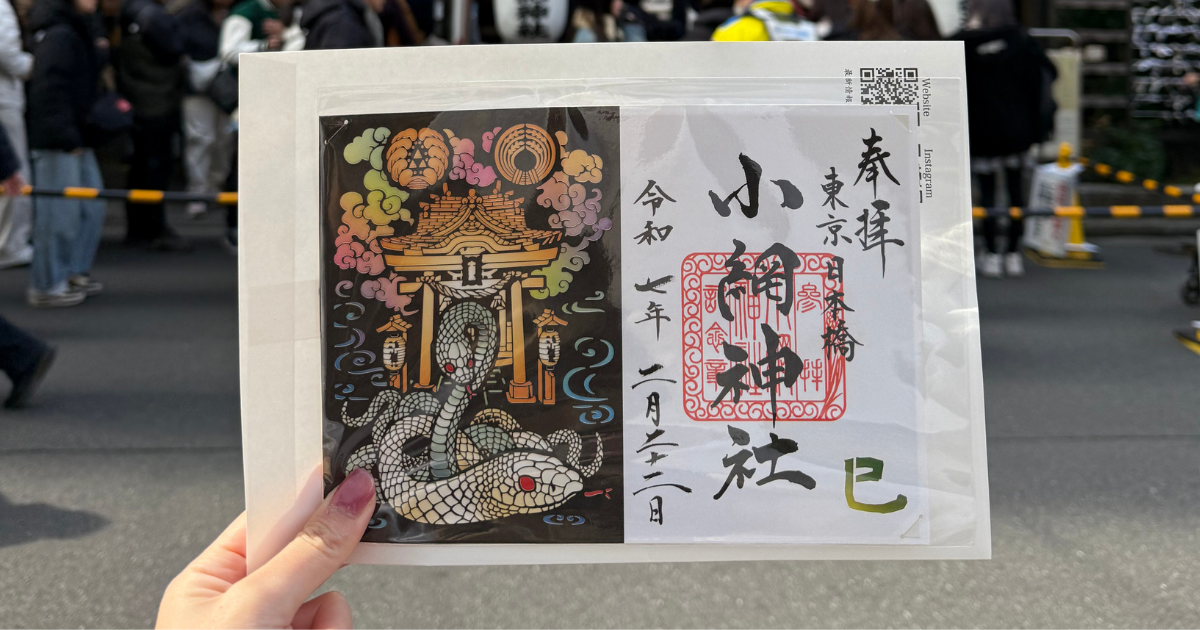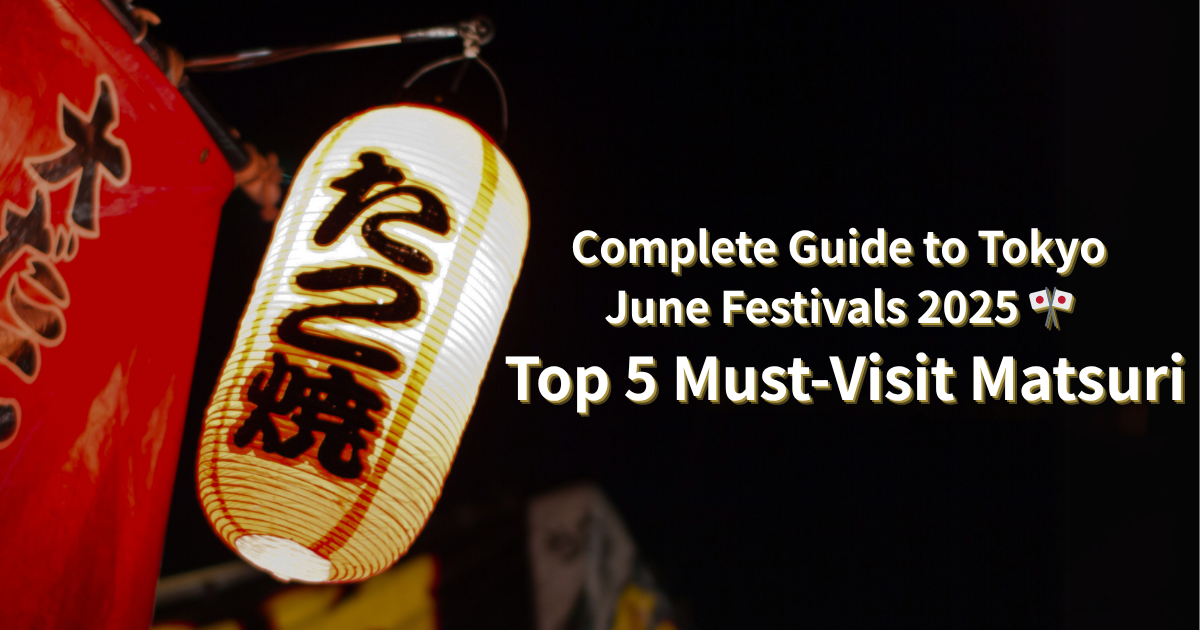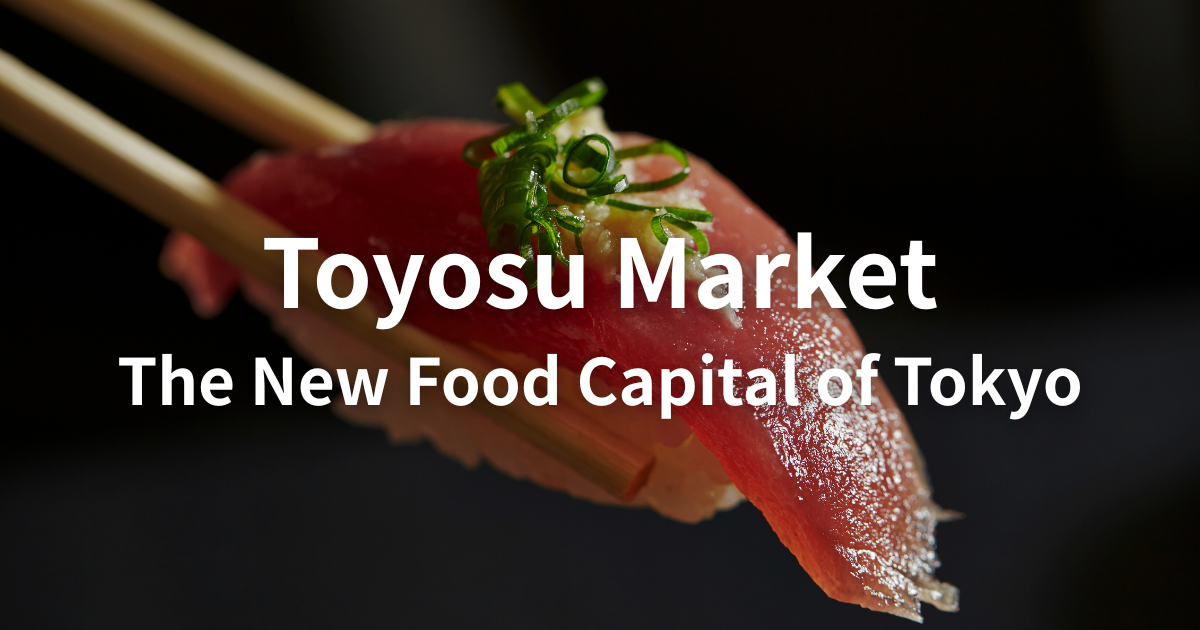NEWS BLOG
![]()
![]()
Autumn in Tokyo: Where to Eat, What to Try, and Why You’ll Never Forget It
October 11, 2025
You can feel it as soon as October begins.
The heat breaks. The air sharpens. The light turns gold.
Everyone is suddenly hungry.
In Japan, they call autumn the season of appetite. Shokuyoku no Aki (食欲の秋). There’s a reason for this. The cold weather burns more energy, awakening your hunger. Fortunate that Tokyo knows how to feed it.
Whether you’re here for the first time or a longtime local, autumn is the perfect season to eat your way through the city.
1. Warm up with oden
No food says “Japanese autumn” quite like oden (おでん).
It’s a simmering hotpot of different eats. Radish (daikon), egg, konnyaku, fishcakes, tofu – There are too many to list, really. Each piece is soaked in a light soy broth. It’s perfect as both a light snack and a way to warm up.
You’ll find it everywhere this time of year:
・Convenience stores (7-Eleven, Lawson, FamilyMart): From around ¥100 per piece, depending on the ingredient.
・Oden stalls and izakaya: Especially in Ueno, Asakusa, and Kanda, where you can stand shoulder-to-shoulder with locals and warm up.
・Otafuku Oden (Shinjuku): A nostalgic favorite, operating for over a century. Expect a mix of regulars and curious travelers.
TABIBIYORI tip: The daikon is the real test of a good oden. Good oden is tender, translucent, and steeped. Keep your taste buds open.
2. Hunt down roasted sweet potatoes (yakiimo)
The smell will find you before you find it.
During autumn, Tokyo’s streets fill with the scent of roasted sweet potatoes (焼き芋). Older Japanese are nostalgic for the little trucks and carts that sold them. Speakers softly playing “yakiimo~!” as they roll through neighborhoods. Sadly, they’re not so common these days, but yakiimo is still common and great for the season.
・Yakiimo trucks, conbini, & stalls: Typically ¥300–¥600 each, depending on size and variety.
・Parks and riversides: Komazawa Park, Ueno Park, and the Meguro River walk are classic pickup spots on cool afternoons.
・Shinagawa Yakiimo Terrace (Yurakucho, seasonal market): Regional varieties, tasting stalls, and festival-style setups for sampling different sweet potatoes.
TABIBIYORI tip: Want to try premium varieties? Keep an eye out for Beni Haruka or Silk Sweet at pop-up yakiimo stands in Yurakucho or Ginza. Their natural honey-like flavor is worth the wait.
3. Chase the scent of matsutake
Matsutake (松茸) is the monarch of autumn.
It’s fragrant, fleeting, and expensive. This rare mushroom grows deep in pine forests and is harvested for only a short time each year. You have the aroma. It’s like wood, smoke, and forest floor all at once. It really is like nothing else.
・Specialty restaurants & kaiseki: Matsutake courses start around ¥5,000 and can easily reach ¥20,000 depending on quality and presentation.
・High-end districts (Ginza, Marunouchi): Known for seasonal menus where the mushroom is steamed, grilled, or served in clear soup.
・Ginza Wakuta: They offer a special matsutake kaiseki courses with multiple dishes. Clay pot matsutake rice, grilled matsutake, soup, etc.
TABIBIYORI tip: Don’t drown the flavor. The simpler the dish, the better you’ll understand why Japan treats matsutake with reverence.
4. The sweet comfort of chestnuts (kuri)
Autumn in Tokyo is synonymous with the chestnut (栗).
In Japanese, it’s called “kuri”. You’ll find them roasted, candied, or blended into cream. You’ll smell them outside train stations, at street stands, and in department stores. Sweet, earthy, warm. Chestnuts are truly the dessert of the season.
・Depachika & bakeries: Chestnut cakes and kuri an sweets from around ¥300–¥900.
・Department stores (Isetan, Mitsukoshi, Takashimaya): Limited-edition kuri desserts and Mont Blanc cakes sell out daily.
・Mont Blanc (Jiyugaoka): Tokyo’s original chestnut dessert café, serving fresh-made Mont Blanc since 1933. A classic pilgrimage spot for dessert lovers.
TABIBIYORI tip: Pair kuri desserts with matcha or black coffee. The bitterness balances the sweetness perfectly.
5. Why we get hungry in autumn
There’s a saying in Japan: Aki wa shokuyoku no kisetsu. “Autumn is the season of appetite.” It’s not just tradition. Biology backs it up.
・As the temperature drops, your body burns more calories to stay warm, naturally boosting your appetite. This rise in metabolism is one reason hot dishes like oden or roasted yakiimo feel irresistible when you’re exploring Tokyo’s autumn food scene.
・Shorter days also shift our internal clock. Hunger hormones like ghrelin rise earlier in the evening, making comfort foods even more tempting after sunset. And let’s not forget the psychology of harvest season. New rice, chestnuts, and mushrooms. Everywhere signals abundance to the brain.
In short, colder air, changing light, and seasonal plenty all come together to wake up your appetite. That’s shokuyoku no aki.
TABIBIYORI tip: Don’t rush. Tokyo’s autumn food is best explored slowly. A little oden here, a sweet potato there, maybe a warm drink by the river.
If you’re planning your trip, or just want someone to guide you to the best seasonal bites, feel free to contact TABIBIYORI.
If you liked this article,
give it a like!
-

"Beyond Tsukiji!? The Grilled Fish Delight at Shinpachi Shokudo
No need to travel all the way to Tsukiji or...
-

Halloween in Shibuya: What to Know, What to Avoid, and How to Enjoy It
You’ve heard of it. We’ve heard of it. Everyone has...
-

Washing Money
目次 1. Have You Ever Tried Washing Money at a...
-

🌸 How to Book a Tour with TABIBIYORI – An Easy 3-Step Guide!
目次 📲 Contact Us via Your Preferred Messaging App or...
-

Tokyo Comes Alive in June! Don’t Miss These 5 Matsuri
目次 1. Torigoe Matsuri2. Free Geisha Dances (Ozashiki Odori) in...
-

Washing Money
目次 1. Have You Ever Tried Washing Money at a...
-

Food Culture and Specialties at Tsukiji Market!
Tsukiji, known as Tokyo’s good culture center, is a treasure...
-

Toyosu Market – The New Food Capital of Tokyo
Toyosu Market is Tokyo’s new central wholesale market, relocated from...
-

5 Unique Museums That You Can Find in Tokyo
Tokyo is home to some of the most prestigious museums...
-

5 Things to Watch Out For When Visiting Japan in the Summer
Japan is well-known for its four seasons. Spring is pleasant...

